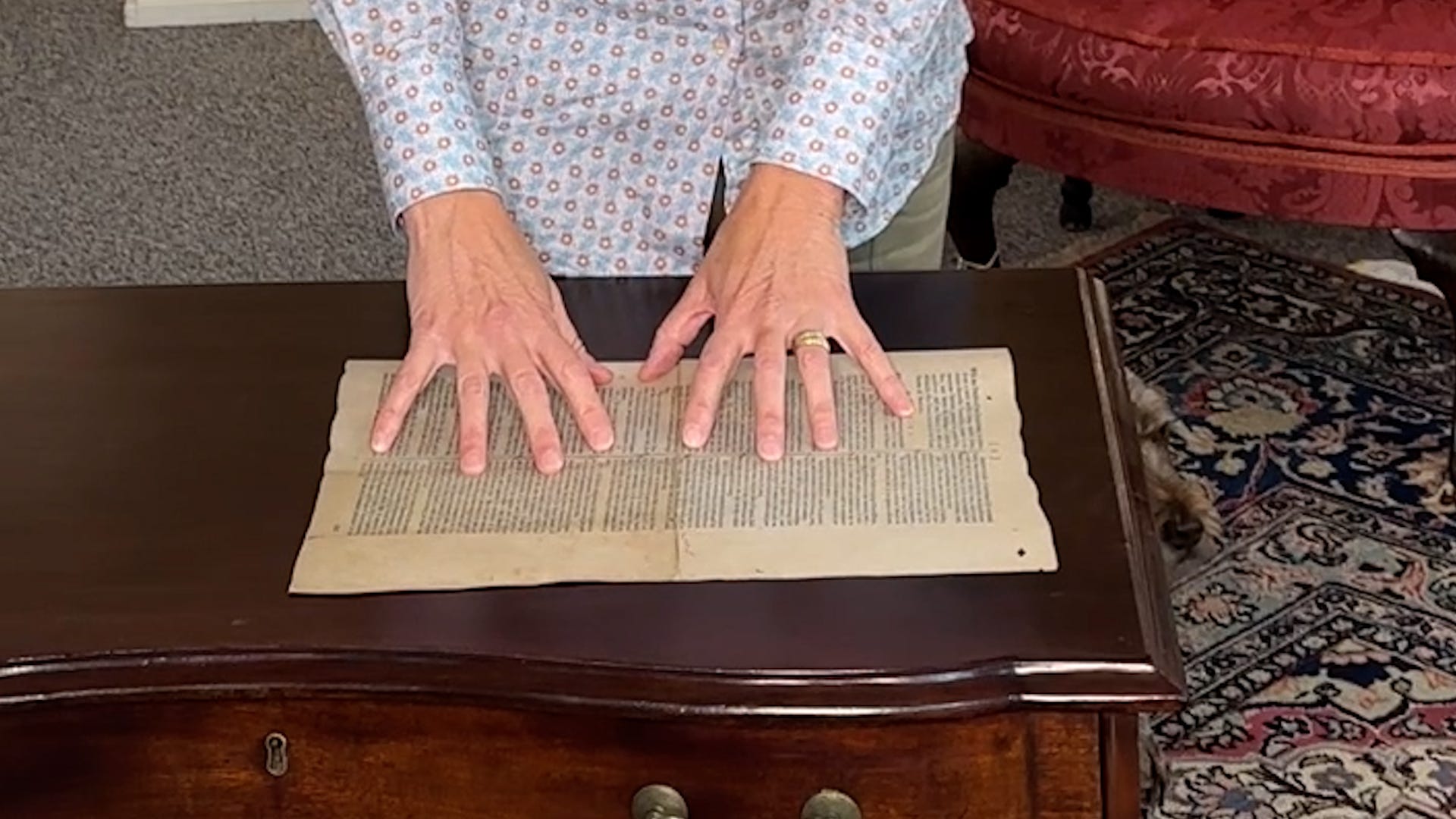
Constitutional Crisis: The Trump Administration’s Overreach
Background: The Three Branches of Government
The United States government operates on a system of checks and balances, with three distinct branches: legislative, executive, and judicial. Each branch has its own powers and responsibilities, designed to prevent any one branch from becoming too powerful.
The Role of Executive Orders
Executive orders are directives issued by the President that have the force of law. They are used to implement existing laws or to create new policies. However, executive orders cannot override laws passed by Congress or violate the Constitution.
President Trump’s Executive Orders
Since taking office, President Trump has issued a record number of executive orders, many of which have been controversial. These orders have covered a wide range of issues, including immigration, healthcare, and environmental protection.
Challenges to Trump’s Orders
Critics of President Trump argue that many of his executive orders exceed the bounds of his authority and violate the Constitution. They argue that he is attempting to seize power from Congress and the judiciary.
Congressional Oversight
Congress has the power to override executive orders through legislation. However, with the Republican-controlled Congress generally supporting President Trump’s agenda, it has been reluctant to challenge his orders.
Judicial Review
The judiciary has the power to review executive orders and strike them down if they violate the Constitution. Several of Trump’s orders have already been blocked by courts, including his travel ban and his attempt to end Deferred Action for Childhood Arrivals (DACA).
Constitutional Crisis
A constitutional crisis occurs when one branch of government overreaches and seizes power from another branch. While there is debate about whether the Trump administration’s actions rise to the level of a constitutional crisis, there is growing concern that his actions are undermining the system of checks and balances.
Historical Precedents
There have been several instances in American history in which one branch of government has sought to overreach and seize power from another. In 1952, President Truman attempted to seize control of steel mills during the Korean War, but the Supreme Court ruled that he had exceeded his authority. More recently, President Biden attempted to forgive student loan debt through executive action, but the Supreme Court blocked his plan.
Implications for the Future
The Trump administration’s actions have raised concerns about the future of American democracy. If the system of checks and balances is undermined, it could lead to a concentration of power in the executive branch and a weakening of Congress and the judiciary.
Resolving the Crisis
If a constitutional crisis does occur, it is ultimately up to the judiciary to resolve it. The Supreme Court has the power to determine the constitutionality of executive orders and other government actions. However, the process of resolving a constitutional crisis can be complex and time-consuming.
Conclusion
The Trump administration’s actions have raised serious questions about the balance of power between the three branches of government. While there is no consensus on whether a constitutional crisis has occurred, it is clear that the system of checks and balances is under strain. It remains to be seen how the courts and other institutions will respond to the Trump administration’s overreach.
